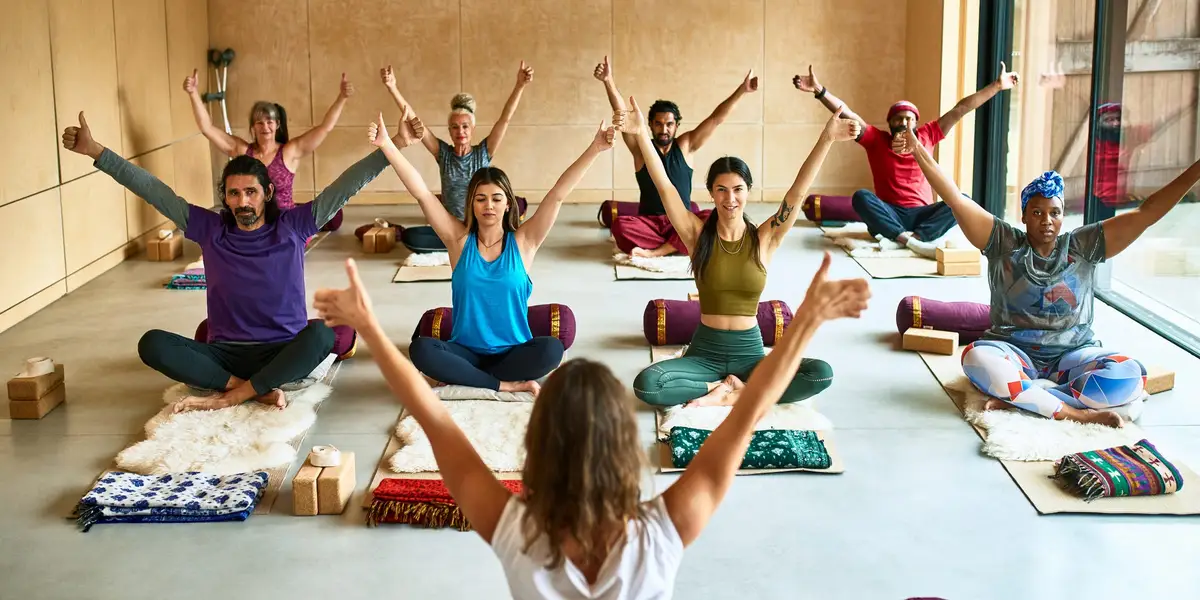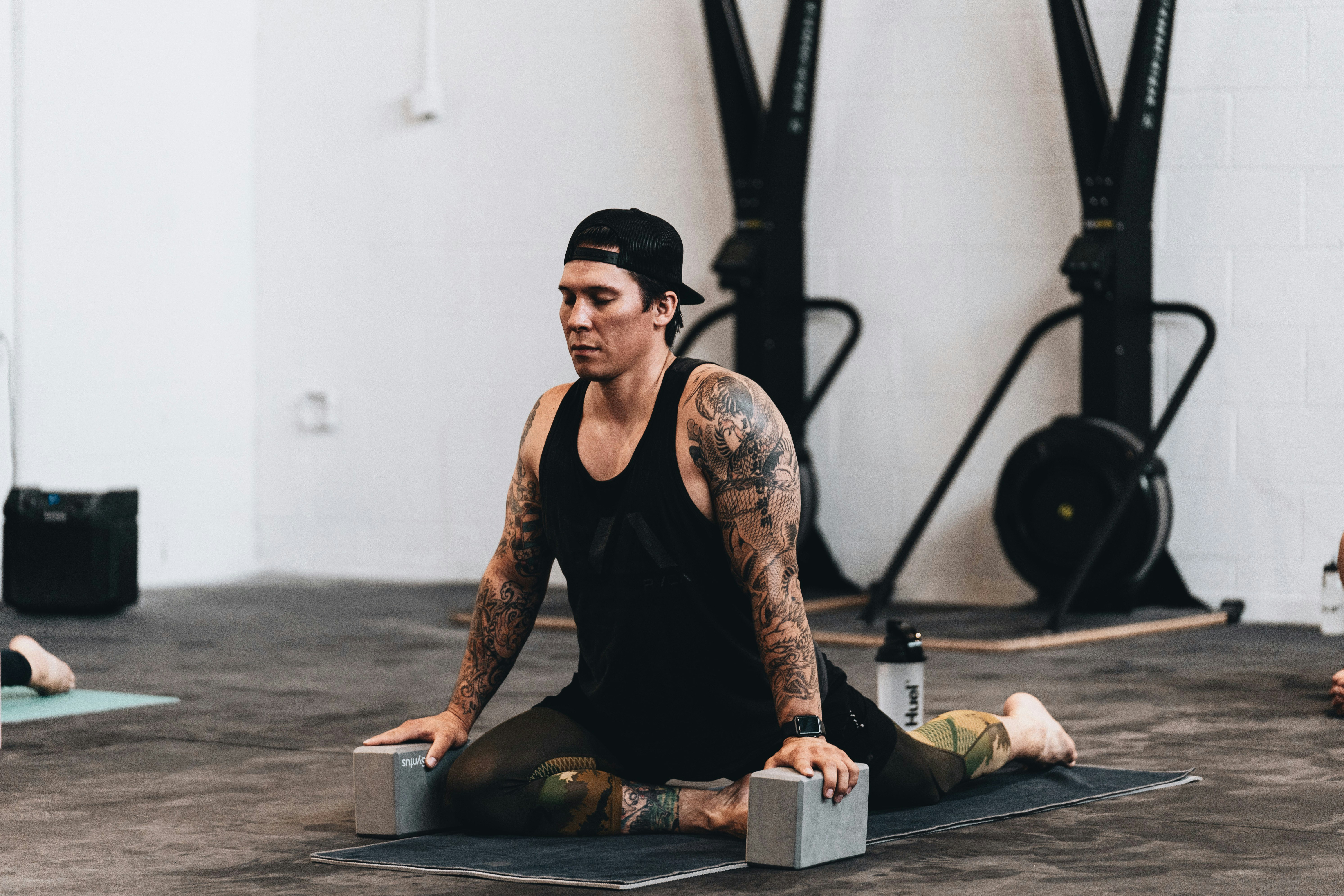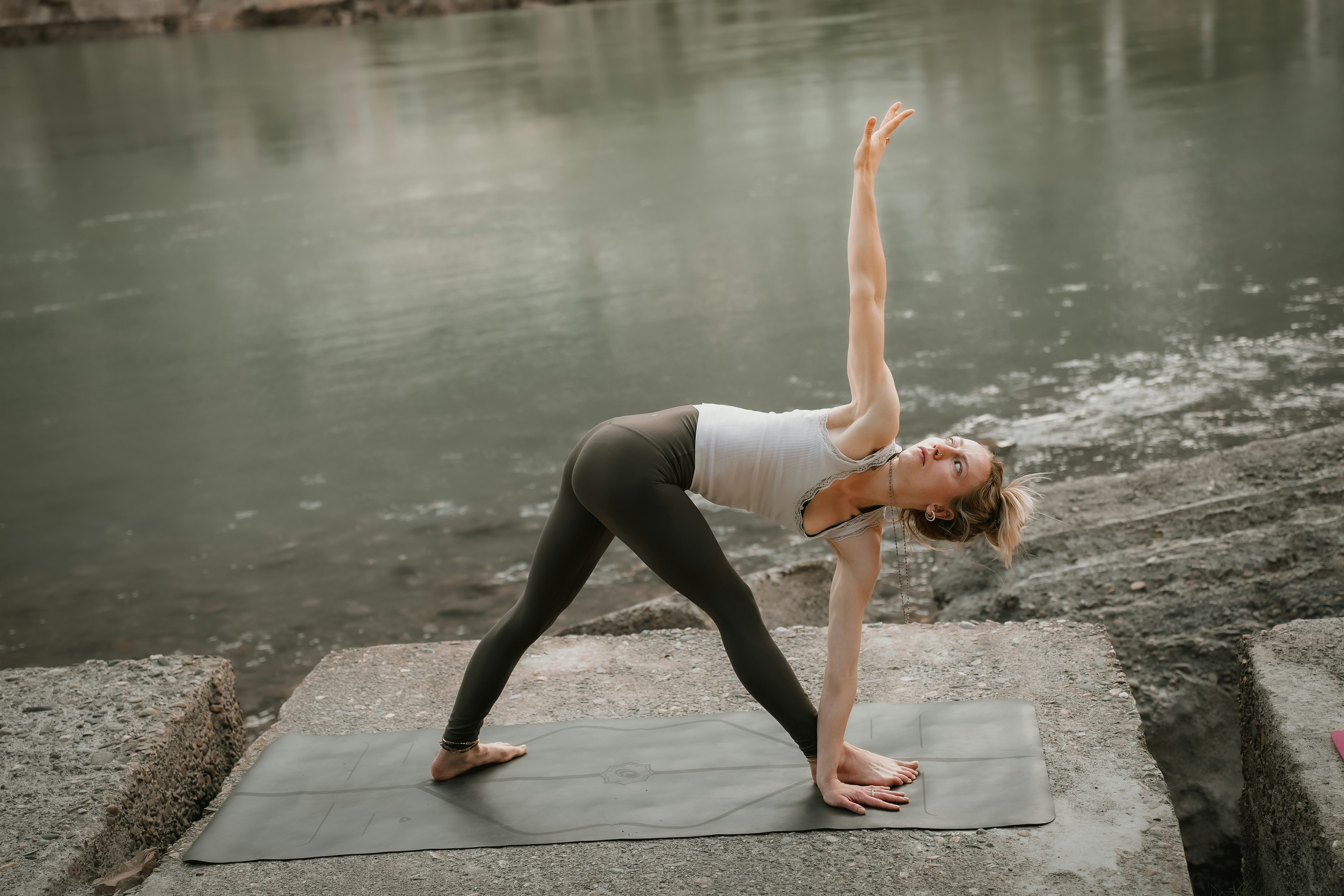For Teachers
The Truth About Teaching Yoga Poses You Can’t Do

When I first began teaching yoga, a question kept circling in my mind: should you only teach yoga poses you can do? It felt like an invisible standard hanging over me. I believed that if I couldn’t demonstrate every posture perfectly, I wasn’t qualified to guide others. That question stayed with me through training, my first few classes, and even now, years later. I’ve discovered that teaching yoga isn’t about being able to perform every pose. It’s about leading with understanding, compassion, and skill.
Wrestling With Doubts In The Beginning
In my early teaching days, I spent hours practicing difficult poses so I could demonstrate them confidently. There were times I skipped challenging postures altogether because I wasn’t sure I could perform them perfectly. I constantly asked myself, should you only teach yoga poses you can do? That uncertainty made me feel like an imposter, even when my heart was in the right place.
Looking back, I realize that focusing only on performance made me lose sight of what yoga truly is. Yoga is about connection, growth, and exploration—not flawless physical achievement. My students weren’t there to watch me perform. They were there to experience their own journey.
Recognizing The True Role Of A Yoga Teacher
As I gained confidence and experience, my perspective shifted. I began to realize that the role of a yoga teacher isn’t to be the most advanced practitioner in the room. It’s to guide, support, and create a safe space for exploration. Asking myself should you only teach yoga poses you can do led me to a deeper understanding of a teacher’s responsibility.
Teaching is about clear communication, intelligent sequencing, and giving students the tools to understand their bodies better. A teacher who understands the anatomy and purpose behind a pose can teach it—even if they can’t achieve its fullest expression.
For more guidance on sequencing and accessible teaching strategies, explore this Yoga League post on building inclusive classes.
How I Teach Poses I’m Still Working On
Some poses remain challenging for me, no matter how long I practice. Rather than avoiding them, I take a different approach. When planning classes that include difficult poses, I study them thoroughly. I break down their mechanics, learn about common misalignments, and explore suitable variations.
When guiding students into postures I’m still learning, I focus on clear verbal cues. I also use props and demonstrate preparatory movements. Should you only teach yoga poses you can do? My experience says no—as long as you prepare carefully, share knowledge, and teach with humility.
According to Yoga Journal, it’s common and acceptable for teachers to guide students through poses they are still working on themselves.
Embracing Vulnerability As A Strength
One of the most important lessons I’ve learned is that students value authenticity. When I admit that a pose challenges me too, it opens space for others to feel human. No one wants to feel inadequate. When students see their teacher navigating the same journey, it builds trust and connection.
In moments when I questioned should you only teach yoga poses you can do, embracing vulnerability helped me see the power in being real. It’s not about perfection. It’s about guiding others to explore their potential.
Adapting And Offering Alternatives
Another helpful strategy I use is always having alternatives available. I never force a particular shape. Instead, I offer multiple variations and emphasize that every version is valid. Students respond well when they feel empowered to choose.
For example, if I’m teaching a deep backbend like full wheel and I know I’m not at my peak flexibility, I offer bridge pose or a supported version. Should you only teach yoga poses you can do? I’ve learned that adaptability is more important than demonstrating every posture.
You can explore accessible yoga practices for inclusive techniques and variation ideas.
Studying Continually To Deepen My Understanding
One promise I made early on was to never stop learning. Even if I can’t perform an advanced pose today, I work to understand it better every day. I study anatomy, attend workshops, and ask questions from experienced teachers.
When I ask should you only teach yoga poses you can do, I remind myself that teaching isn’t about reaching an endpoint. It’s about walking the path with your students and growing together.
Honoring Each Student’s Unique Journey
Each student who comes to class has their own strengths, limitations, and experiences. I see my role as creating a space where all of that is welcomed. No one needs to “achieve” anything to belong.
The more I reflected on should you only teach yoga poses you can do, the more I saw that limiting my teaching to what I could do physically would limit my students too. Everyone deserves to explore their edges—whatever that looks like.
What I Tell Myself Before Every Class
Before I step into the studio, I remind myself: I’m here to hold space, not perform. I’m here to guide, not impress. I’m here to build community, not competition.
By teaching with humility, preparation, and honesty, I answer the question—should you only teach yoga poses you can do?—with a clear no. As long as I remain a student myself, I can teach with integrity.
Final Thoughts
Reflecting on my journey, I see that teaching yoga is about more than physical mastery. Should you only teach yoga poses you can do? My heart says no. What matters most is the wisdom you share, the safety you create, and the support you offer.
Teaching from a place of authenticity, compassion, and ongoing growth allows me to connect with students in meaningful ways. By embracing the full spirit of yoga, we all find something greater than perfection—we find connection, understanding, and transformation.
For more reflections on yoga teaching philosophy, visit The Yoga League blog.










